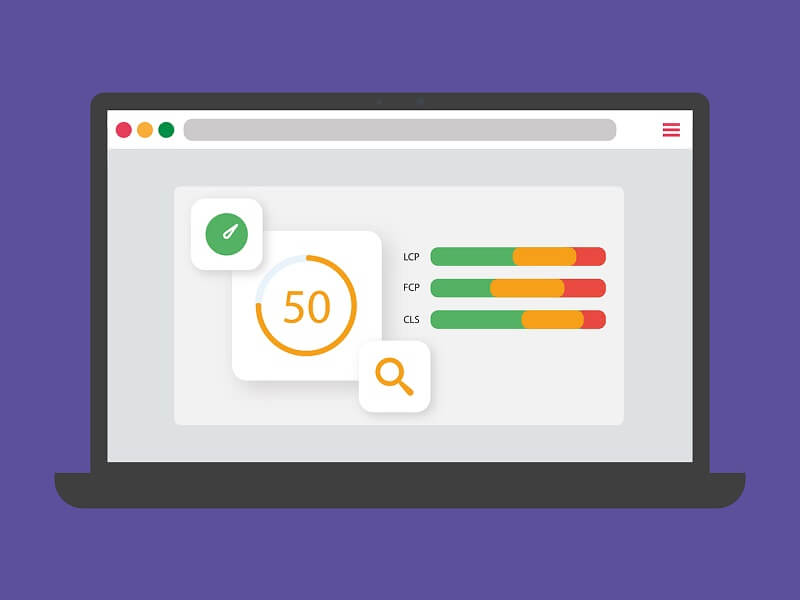
When it comes to website design and development, there’s, of course, a whole heap of things that you need to think about that isn’t just about the aesthetics. There’s user experience, navigation, and so much more. Then, there’s how a website performs. This can not only affect how people interact with your website but also how it performs on search engines. Website designers or website builder company templates will bear in mind how a website performs. However, there are still widgets and features of a site that can really slow a page down, which will ultimately impact how a page ranks on the likes of Google. One of the key ranking factors when it comes to Google, is Core Web Vitals, a set of metrics that are instrumental in a website being a success. But what are they, and how do they work?
What are Core Web Vitals?
Core Web Vitals are a specific set of factors that Google considers highly valuable in a website’s overall user experience.
Google’s Core Web Vitals are broken down into three different measurements, these being:
- Largest Contentful Paint
- First Input Delay
- Cumulative Layout Shift
So, what are these?
Largest Contentful Paint (LCP)
Largest Contentful Paint, also known as LCP, measures how long a page takes to load from the user’s perspective. This is hugely important, as ultimately, if a page takes a long time to load, then the user will close the page and go elsewhere.
The largest Contentful Paint measures the speed at which the main elements of the page load, with a good measurement around the 2-second mark. In contrast, anything over that would be considered poor or requiring improvement.
First Input Delay (FID)
First Input Delay is the second part of Core Web Vitals, and it measures how users interact with your page and how long it takes them to do that. The first input delay measures a number of different types of interactions, including:
- Making a choice from a menu
- Clicking a link
- Filling out a box
- Opening up an accordion
Google scores any first input delay of around 100 MS or faster as good, with anything between that number and slower either requiring improvement or being poor.
Cumulative Layout Shift (CLS)
Finally, Cumulative Layout Shift (CLS) measures how stable a page is. There’s nothing worse for a user than a page loading and then jumping around as they try to interact with it. CLS is essentially a measurement of this and how long it takes for a page to be visually stable.
When it comes to Cumulative Layout Shift, a good score would be considered for those pages that load and are stable within 0.1 seconds after the page has loaded, while between 0.25 and slower would be considered poor.
Ensuring that your website falls into the “good” bracket of Google’s Core Web Vitals, particularly for a newly designed site, is vital. After all, otherwise, you will have invested in a new website, only for nobody to see it!

